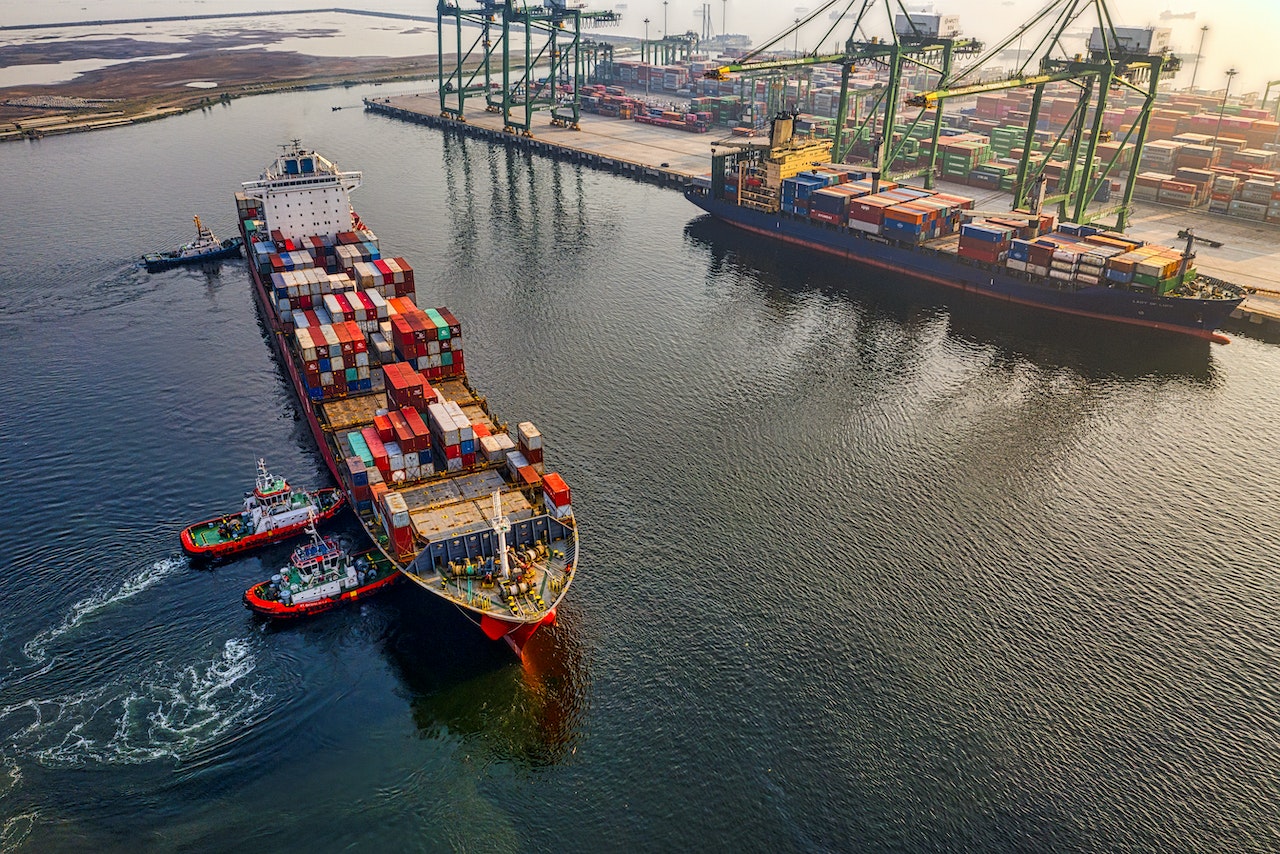Last week, Hard Deck Logistics reported the 4/15 General Rate Increase (GRI) that the ocean container shipping market saw ahead of the GRIs being implemented. Just as BCOs /NVOs were in the thick of negotiating ocean contracts during “contract season,” of course the carriers implemented these GRIs to try to raise the spot market rates to more close alignment with the long-term contract rates that ocean carriers are seeking from shippers. Although, freight rate indexes such as the Freightos FBX are not yet reflecting the equivalent increase in spot market rates. However, Hard Deck Logistics has received information from top ocean carriers and top Non-Vessel Operating Common Carriers (NVOCCs) firsthand that the GRIs have been implemented. The attempt has been to pull up rates by $600 to $1200 per 40’ container on Transpacific East Bound (TPEB) freight to the USA depending on the regional destination (IE West Coast, Pacific Northwest, East Coast, Gulf). Of course, this includes intermodal rail cargo (IPI or Interior Point Intermodal) and even RIPI rail cargo (Reverse Interior Point Intermodal).
It has also been observed that the top ocean carriers in the world are differing greatly in their contract offers compared to one another in their initial round-one contract rate offerings. But by the time negotiations are at final rounds, most all ocean carriers seem to be priced at about the same level which is being reported as per 40’ CNTR around $1100 WC, $2200 East Coast all water, $2250 gulf all water, and $3150 IPI/rail. These rates seem to be close to what is being offered to big box retailers and mid-market shippers (of course very large volume accounts might see slight reductions but we hear not much). Of course, negotiations are still not final for many so there may be some variations to these mentioned rates. Ocean carriers also seem very willing to provide 14 to 21 calendar days of free time for destination detention for mid-market companies and slightly more for top-volume accounts. This is an important term for many shippers who are concerned about the scar tissue and bleeding from high inventories and prolonged container empty returns due to challenges in promptly unloading the freight.
Hard Deck Logistics also learned from credible industry leaders that GRIs may attempt to be mitigated as soon as May 1. And as the days, weeks, and months go on, it will be interesting to see if the GRIs are sustainable as well as what the future outlook is like.
With inflation and the economic projections in North America/USA, including almost surely more Federal Reserve interest rate hikes coming to slow inflation and with inventories overall in the USA quite high, consumers remain wary of spending on products. There is still a very good possibility that the Trans-Pacific East Bound (TPEB) trade may not see recovered cargo demand in the fashion the market is hoping for. The traditional peak season and higher rates that ocean carriers are hoping to enjoy in the market may not come to fruition. If that happens, perhaps we could see a repeat of the latter half of 2022 and early 2023 where spot market ocean rates continue to fall, and where ocean carriers have no choice but to amend long-term contract rates for shippers as they did towards the end of 2022 and early 2023 in an effort to fill ships (despite carrier efforts to cancel sailings to increase utilization).
Hard Deck Logistics will continue to follow the ocean rate journey through this contract season and keep our readers, clients, and followers accurately informed.
Sincerely, CEO Hard Deck Logistics
www.harddecklogistics.com
traffic@harddecklogistics.com
